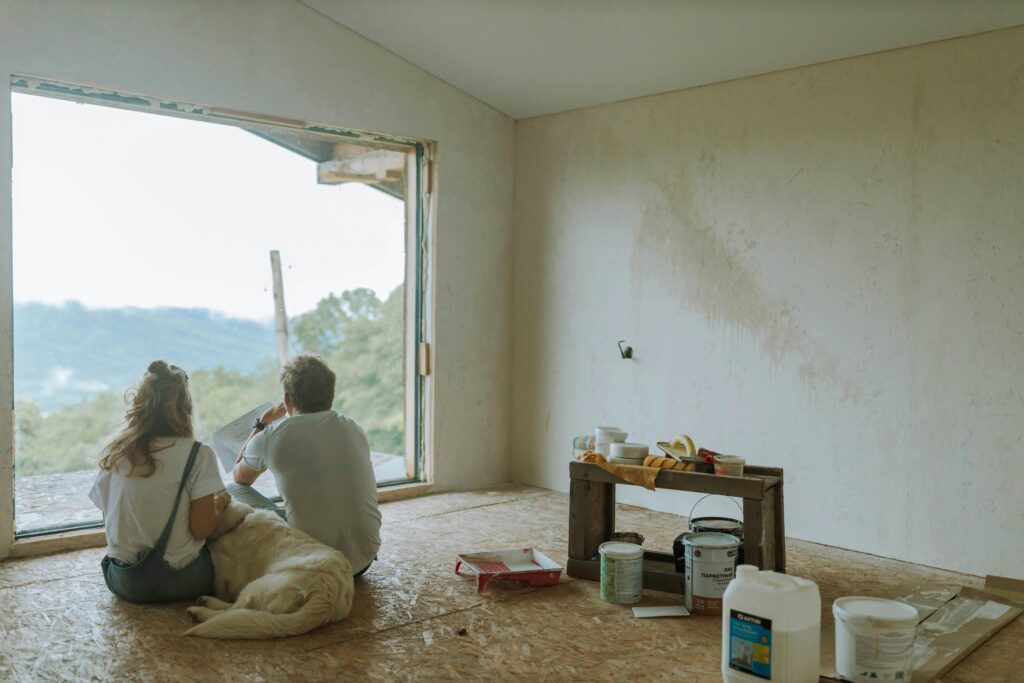Home improvement projects can be both rewarding and challenging. However, for those dealing with spinal pain or other back issues, these tasks can become a source of discomfort and frustration. Whether you’re painting a room, lifting furniture, or doing yard work, it’s essential to take proactive steps to manage your spinal pain effectively. In this article, Dr. Shashidhar B K, a leading spine surgeon at Bangalore Spine Specialist Clinic, shares valuable insights on how to minimize discomfort and maximize productivity during your home projects.

Understanding Spinal Pain
Before diving into management techniques, it’s crucial to understand what spinal pain is and its common causes. Spinal pain can arise from various conditions, including:
- Herniated Discs: When the discs between your vertebrae bulge or rupture, they can press on nerves, causing pain.
- Muscle Strain: Lifting heavy objects or maintaining awkward positions can strain muscles and ligaments in your back.
- Arthritis: Conditions like osteoarthritis can lead to joint pain and stiffness in the spine.
- Sciatica: This condition occurs when the sciatic nerve is compressed, leading to pain that radiates down the leg.
Recognizing the source of your pain can help you tailor your approach to managing it during home projects.
Preparing for Your Project
1. Plan Ahead
Before starting any home project, take some time to plan. Consider the tasks involved, the tools you’ll need, and how long the project will take. By organizing your efforts, you can minimize the time spent in uncomfortable positions.
2. Gather Your Tools
Having all your tools readily available can reduce the need for repetitive bending, reaching, or lifting. Consider using:
- Ergonomic Tools: Tools designed to minimize strain on your body can make tasks easier and reduce discomfort.
- Knee Pads: If you’ll be working on the floor, knee pads can provide cushioning and support.
- Lifting Aids: Use dollies or lifting straps for heavy items to prevent straining your back.
3. Warm-Up Exercises
Just like athletes, it’s essential to warm up your muscles before engaging in physical activity. Simple stretches can prepare your body for the work ahead:
- Neck Rolls: Gently roll your head to relieve tension.
- Shoulder Shrugs: Lift your shoulders towards your ears and release to relax the upper back.
- Lower Back Stretches: Bend forward gently while keeping your knees slightly bent to stretch your lower back.
During the Project
4. Use Proper Body Mechanics
Maintaining proper body mechanics is vital in preventing spinal pain. Here are some tips to keep in mind:
- Bend at the Knees: When lifting heavy objects, bend at your knees rather than your waist. This technique helps distribute weight evenly and reduces strain on your back.
- Keep the Load Close: Hold items close to your body to minimize the strain on your spine.
- Avoid Twisting: Turn your whole body instead of twisting at the waist when moving or lifting objects.
5. Take Frequent Breaks
Working continuously can lead to fatigue, increasing the risk of injury. Schedule regular breaks to rest and stretch. During these breaks, consider:
- Walking Around: A short walk can help relieve tension and improve circulation.
- Gentle Stretching: Focus on stretching the muscles you’ve been using to alleviate tightness.
6. Modify Your Tasks
If a task seems particularly challenging or painful, don’t hesitate to modify it. Here are some suggestions:
- Use a Stool: When painting or doing low-level work, use a stool to avoid bending over for extended periods.
- Sit While Working: For tasks like sorting items or assembling furniture, find a comfortable chair to sit in instead of standing.
7. Stay Hydrated
Dehydration can lead to muscle cramps and fatigue. Keep a water bottle nearby and ensure you’re drinking enough fluids throughout your project.
After the Project
8. Cool Down and Stretch
Once you’ve completed your project, take some time to cool down. Gentle stretching can help reduce muscle tension:
- Cat-Cow Stretch: Get on all fours and alternate between arching your back and dipping it down.
- Child’s Pose: Sit back on your heels and stretch your arms forward to relax your lower back.
9. Apply Heat or Ice
Depending on your level of discomfort, applying heat or ice can help alleviate pain:
- Ice: If you experience inflammation or acute pain, apply an ice pack wrapped in a cloth for 15-20 minutes.
- Heat: For muscle soreness, a warm towel or heating pad can provide relief.
10. Monitor Your Pain Levels
Pay attention to how your body responds during and after your project. If you notice increased pain or discomfort, it may be a sign to modify your approach or consult with Dr. Shashidhar B K at Bangalore Spine Specialist Clinic for professional guidance.
Seeking Professional Help
If you experience persistent spinal pain despite following these strategies, it may be time to seek professional help. Dr. Shashidhar B K and his team at Bangalore Spine Specialist Clinic can provide a comprehensive evaluation and recommend appropriate treatment options, including:
- Physical Therapy: A physical therapist can design a personalized exercise program to strengthen your back and improve flexibility.
- Medication: Over-the-counter or prescription medication can help manage pain and inflammation.
- Injections: In some cases, corticosteroid injections may be recommended to reduce inflammation and pain.
Conclusion
Managing spinal pain during home projects is entirely possible with the right strategies and precautions. By planning ahead, using proper body mechanics, and listening to your body, you can successfully complete your tasks while minimizing discomfort. Remember, it’s essential to prioritize your health and well-being, so don’t hesitate to seek professional help from Dr. Shashidhar B K at Bangalore Spine Specialist Clinic if needed. With the right approach, you can enjoy the satisfaction of completing your home projects without compromising your spinal health.
